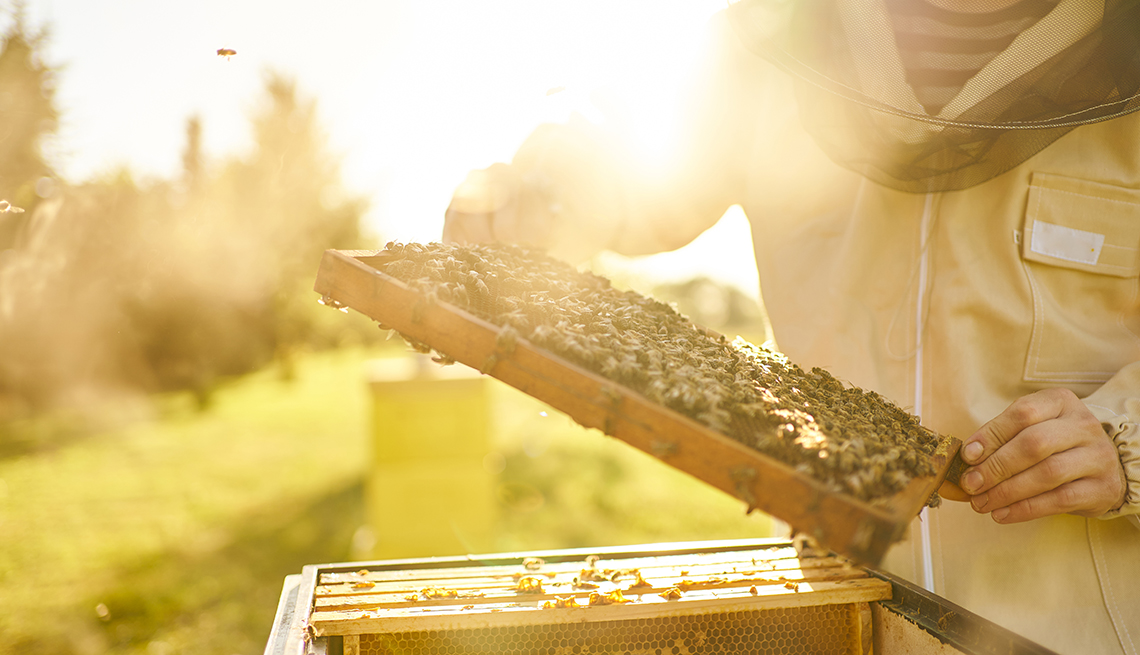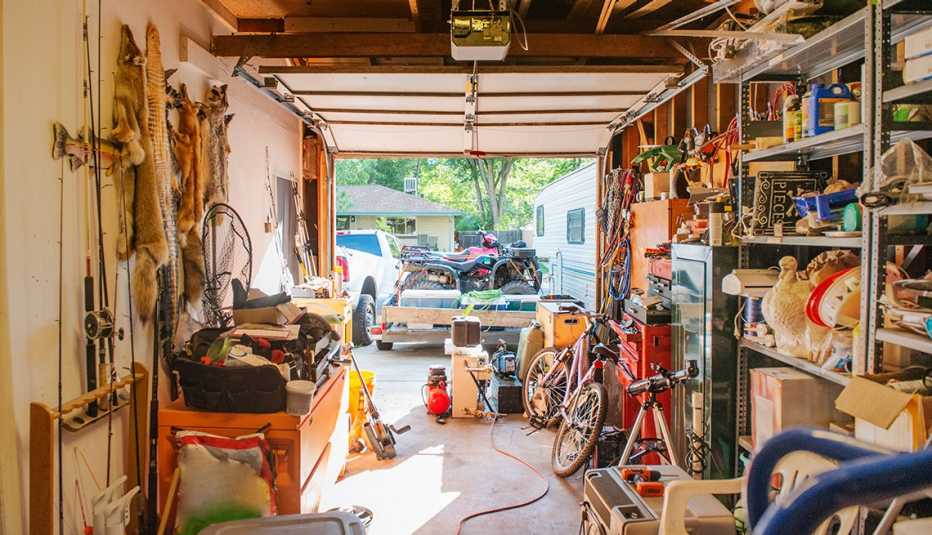Staying Fit
If you want to make yourself known to the folks at the local post office, try ordering a package of 10,000 bees.
That’s what I did. I got three increasingly urgent text messages from the post office, telling me that my bees had arrived. “You’re the guy with the bees!” the postal worker said, visibly relieved. He returned quickly with my box of bees, which had been in the back, buzzing angrily after a long and probably unpleasant journey from Kentucky. I picked up the box — gingerly, put it in the back of my car and drove them to their new home.


AARP Membership— $12 for your first year when you sign up for Automatic Renewal
Get instant access to members-only products and hundreds of discounts, a free second membership, and a subscription to AARP the Magazine.
And that's how I joined the 125,000 or so beekeepers in the United States. This is my first hive. Being an amateur, I’ve learned a great deal, sometimes painfully. Here are my top 10 tips for first-time beekeepers.
1. You can buy bees by mail.
I chose to get package bees, the cheapest way to buy bees. Order them in January or February for delivery in April or May. The bees come in a wood-and-screen package, along with a can of sugar water, punctured at the bottom, to feed them on their journey. They also come with a queen bee, who is shipped in her own little container, plugged at one end with candy. The bees in the container have been scooped out of other hives, and they need a few days to get acquainted with their new queen. The queen (and the workers) eats the candy, and once it's gone after a day or two she's free to leave her container and start ruling the hive.
You can also buy small hives with their own queen, called nuclear hives, or "nucs." These are slightly more expensive, but they are already a small established hive with honeycomb and honey. You have to transport them yourself, however, which means buying them from a local beekeeper. This is by no means a bad thing — just a bigger investment of time and money.
2. You can buy different varieties of bees.
Honeybees are not native to North America, and the bees that early settlers brought were Black German bees, which have a reputation for crankiness. Italian bees are the most popular type of honey bee, because they are relatively laid-back and easy to handle. (These are the breed I bought.) People who live in colder areas might consider Russian bees, which are highly resistant to mites and do well in lower temperatures. They are a bit more aggressive than Italian bees.
3. You can get lots of good information for free.
Most state agricultural extensions will offer free information about raising bees, and some will even offer free beekeeping equipment. There are thousands of beekeeping videos on YouTube too. And many communities have beekeeper associations , where you can meet experienced beekeepers and get their advice.





































































